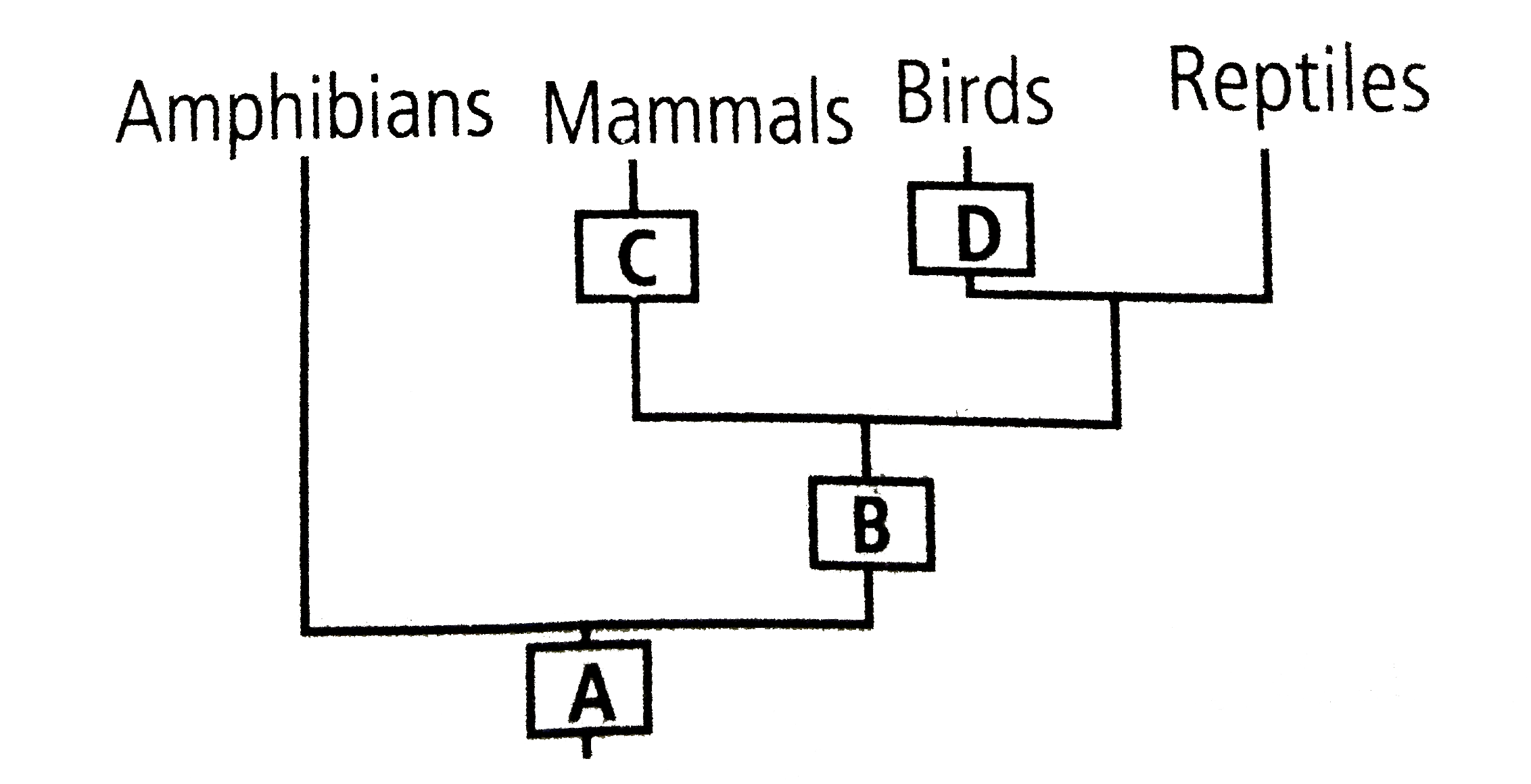Mark the correct options
A system X is in thermal equilibrium with Y but not with Z. The systems Y and Z may be in thermal equilibrium with each other.
A system X is in thermal equilibrium with but not with Z. The system Y and Z are not in thermal equilibrium with each other.
A system X is neither in thermal equilibrium with Y nor with Z. The system Y and Z must be in thermal equilibrium with each other.
A system X is neither in thermal equilibrium with Y nor with Z. The system Y and Z may be in thermal equilibrium with each other.
The correct Answer is:B, D
To solve the question regarding the Zeroth Law of Thermodynamics and determine the correct options, we will analyze each statement step by step.
1. Understanding the Zeroth Law of Thermodynamics:
- The Zeroth Law states that if system A is in thermal equilibrium with system B, and system B is in thermal equilibrium with system C, then system A is also in thermal equilibrium with system C. This principle helps us understand the relationships between different systems in terms of temperature.
2. Analyzing Option A:
- Statement: "A system X is in thermal equilibrium with Y but not with Z."
- Since X is in thermal equilibrium with Y, it follows that Y could potentially be in thermal equilibrium with Z. However, the statement does not confirm that Y and Z are in thermal equilibrium. Therefore, this option is incorrect.
3. Analyzing Option B:
- Statement: "A system X is in thermal equilibrium with Y but not with Z."
- Similar to Option A, if X is in thermal equilibrium with Y, it does not imply anything about the relationship between Y and Z. Therefore, this option is also incorrect.
4. Analyzing Option C:
- Statement: "A system X is neither in thermal equilibrium with Y nor with Z."
- This statement implies that since X is not in equilibrium with either Y or Z, we cannot conclude anything about the relationship between Y and Z. Therefore, this option is incorrect.
5. Analyzing Option D:
- Statement: "A system X is neither in thermal equilibrium with Y nor with Z."
- Similar to Option C, this statement also does not provide any information about the relationship between Y and Z. Therefore, this option is also incorrect.
Final Conclusion:
After analyzing all the options, we find that:
- Correct Options: None of the options A, B, C, or D are correct based on the Zeroth Law of Thermodynamics.
- The Zeroth Law states that if system A is in thermal equilibrium with system B, and system B is in thermal equilibrium with system C, then system A is also in thermal equilibrium with system C. This principle helps us understand the relationships between different systems in terms of temperature.
- Statement: "A system X is in thermal equilibrium with Y but not with Z."
- Since X is in thermal equilibrium with Y, it follows that Y could potentially be in thermal equilibrium with Z. However, the statement does not confirm that Y and Z are in thermal equilibrium. Therefore, this option is incorrect.
- Statement: "A system X is in thermal equilibrium with Y but not with Z."
- Similar to Option A, if X is in thermal equilibrium with Y, it does not imply anything about the relationship between Y and Z. Therefore, this option is also incorrect.
- Statement: "A system X is neither in thermal equilibrium with Y nor with Z."
- This statement implies that since X is not in equilibrium with either Y or Z, we cannot conclude anything about the relationship between Y and Z. Therefore, this option is incorrect.
- Statement: "A system X is neither in thermal equilibrium with Y nor with Z."
- Similar to Option C, this statement also does not provide any information about the relationship between Y and Z. Therefore, this option is also incorrect.
After analyzing all the options, we find that:
- Correct Options: None of the options A, B, C, or D are correct based on the Zeroth Law of Thermodynamics.
Topper's Solved these Questions
- BOOK - NCERT EXEMPLAR ENGLISHCHAPTER - THERMAL PROPERTIES OF MATTEREXERCISE - Very short Answer type Questions15videos
THERMAL PROPERTIES OF MATTER
- BOOK - NCERT EXEMPLAR ENGLISHCHAPTER - SYSTEM OF PARTICLES AND ROTATIONAL MOTION EXERCISE - Long answer type questions12videos
SYSTEM OF PARTICLES AND ROTATIONAL MOTION
- BOOK - NCERT EXEMPLAR ENGLISHCHAPTER - THERMODYNAMICS EXERCISE - LONG ANSWER TYPE QUESTIONS5videos
THERMODYNAMICS
Similar Questions
Knowledge Check
- Question 1 - Select One
Animal classification is depicted below. Mark the correct option.
 AA-Limbs
AA-Limbs
B-Egg with amnion membrane
C-Milk, hair
D-FeathersBA-Egg with amnion membrane
B-Limbs
C-Milk, hair
D-FeathersCA-Swin bladder
B-Limbs
C-Milk,hair
D-FeathersDA-Milk, hair
B-Limbs
C-Egg with amnion membrane
D-Feathers
Mark the correct option w.r.t. informosomes.
View SolutionMark the correct option(s) out of the following:
View SolutionMark the correct option regarding accessory pigment molecules
View SolutionMark the correct option w.r.t. hydroponics
View SolutionMark the correct option w.r.t hydroponics
View SolutionMark the correct option w.r.t. critical elements
View SolutionMark the correct option w.r.t. analogous structures.
View Solution

